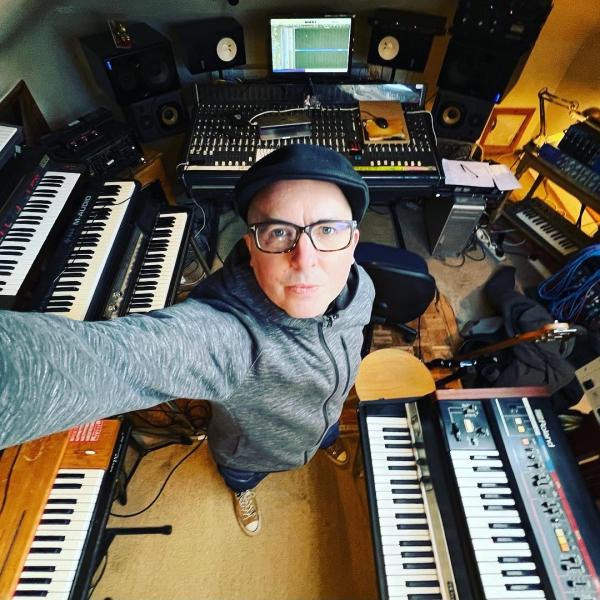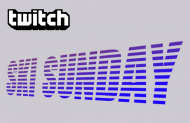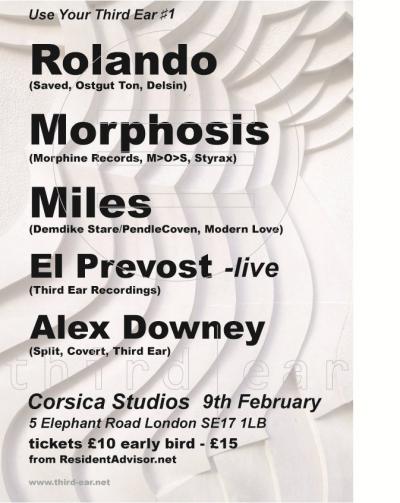 Welcome to the official Ski Oakenfull Website. Welcome to the official Ski Oakenfull Website.Ski is an Artist, Keyboard player, Producer, Remixer and Composer living in London. Having started his career with The K-Creative(link is external) who were signed to Gilles Peterson's(link is external) Talkin' Loud(link is external) label in 1991, he has gone on to release three solo albums, Life Changes, Rising Son, and Short Circuits(link is external), play keyboards with bands such as Galliano(link is external), Raw Stylus(link is external) & Two Banks of Four(link is external), remix over 50 tracks, and work at Xenomania(link is external). He currently releases music on his own label, Primaudial Records(link is external), writes & produces with artists such as Incognito(link is external), Dave Lee(link is external), Valerie Etienne(link is external), and Duke Dumont(link is external). He has an Ambient Electronic project called Ayota, and also makes regular radio shows. Alongside his production work, Ski holds the position of Head of Education & Curriculum at Point Blank Music School(link is external) where he manages their degree programmes(link is external). He has also made over a hundred tutorial videos for the school's YouTube channel(link is external) which have racked up over ten million views, and is an Ableton Certified Trainer(link is external). Please have a look around this site, and feel free to leave a message. |












